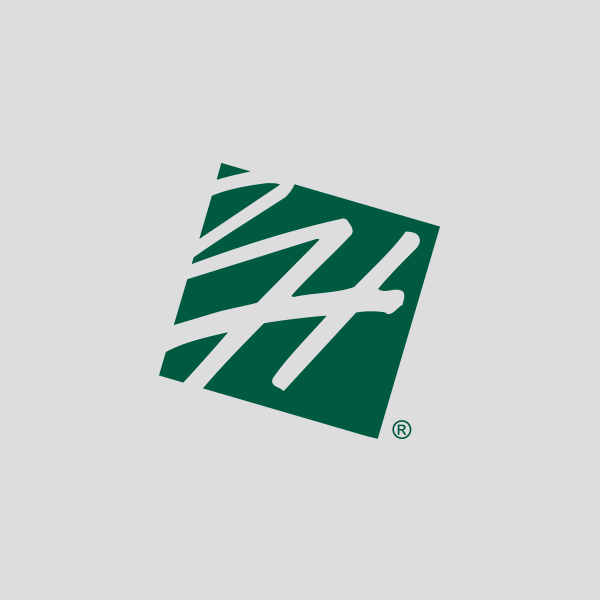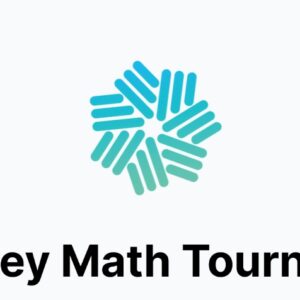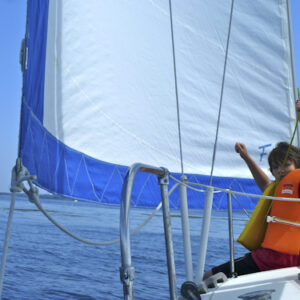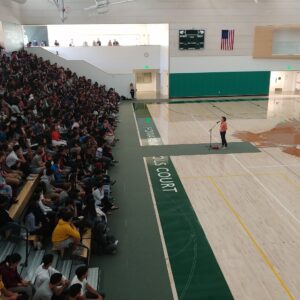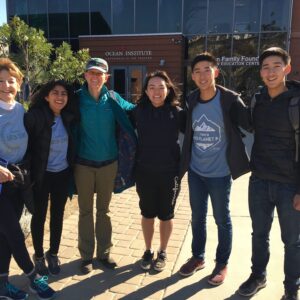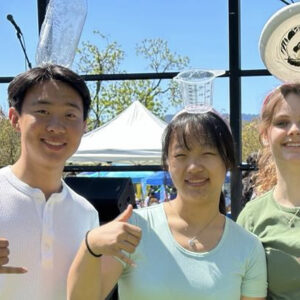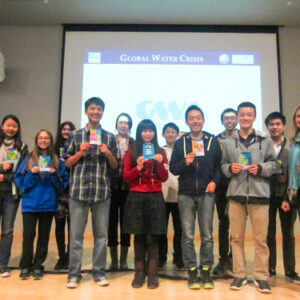This article was originally published in the fall 2012 Harker Quarterly.
What began as an interest in sailing morphed into a crusade to save the Earth’s waterways from plastic pollution for Dolan Dworak, grade 7.
Dworak enrolled in sailing lessons a couple years back and that led to his current volunteer efforts with the Sea Scavenger Conservancy, a nonprofit San Francisco-based organization working to rid our waterways of plastic pollution.
Today, as the junior “SeaEO” of Sea Scavenger, Dworak represents the organization as a spokesperson, educating fellow Harker classmates, speaking at scout troop, church, school and city council meetings, and even attending international marine biology conferences to spread the word about the dangers of petroleum, a byproduct of plastic waste infesting our oceans, seas and tributaries. He is also busy recruiting other Bay Area students to serve on Sea Scavenger’s junior board of directors and helps coordinate monthly shoreline cleanup efforts and publicity for the cause.
Last year he gave an engaging presentation at the lower school about his work with Sea Scavenger. He brought along an art project titled “The Picket Line: Protest Plastic Pollution” to show the younger students what he and several students from the middle school (along with art instructor Elizabeth Saltos) created with trash they picked up during a cleanup at a local beach. “The Picket Line” will soon be displayed at multiple locations in the Bay Area.
All five of the world’s oceans contain gyres – massive islands of trash afloat off the coast. The plastic breaks down through wind, sun and wave action and the chemicals leach into the wa- ter. Sea animals mistake the plastic for food, ingest it, are poisoned and die. Humans ingest the harmful chemicals through tainted water and seafood.
“Too much marine life is dying due to plastic pollution, and my generation can stop the problem and save the animals,” said Dworak.
Founded in 2008, Sea Scavenger works to establish ongoing cleanup operations in the remote ocean gyres where great concentrations of plastic are accumulating. They also strive to develop new technologies for plastic extraction and seek innovative uses for recycled ocean plastics.
The entire Dworak family takes part in a monthly shoreline cleanup effort along the Bay. The plastic debris is sorted to determine its origin and so the group can work with its manufacturers to try and find alternatives to using plastic.
Dworak attended the fifth International Marine Debris Conference in Hawaii as junior spokesperson for Sea Scavenger. The event, held every 10 years, hosts 38 participating countries, and attracts a large number of participants, including hundreds of scientists; Dworak had the distinction of being the only child in attendance.
Next up on Dworak’s agenda is a trip in June of 2013 to Seward, Alaska, to participate in Gyre X, an international expedition led by the Alaska Sea Life Center. Dworak has been asked to serve as Gyre X’s youth social media coordinator. The expedition will include an array of scientists and artists who will study and collect marine debris from remote parts of Alaska that will later result in an exhibit sponsored by the Smithsonian Institution travelling to museums around the world.
“I hope to get more people involved and to increase awareness, because the less plastic we use means the quicker the problem is solved,” said Dworak.
Plastic pollution is a huge problem, but one that is not impossible to solve. Scientists are studying the environment. Industry is redesigning products. And organizations – with the help of passionate participants like Dolan Dworak – are creating awareness.
